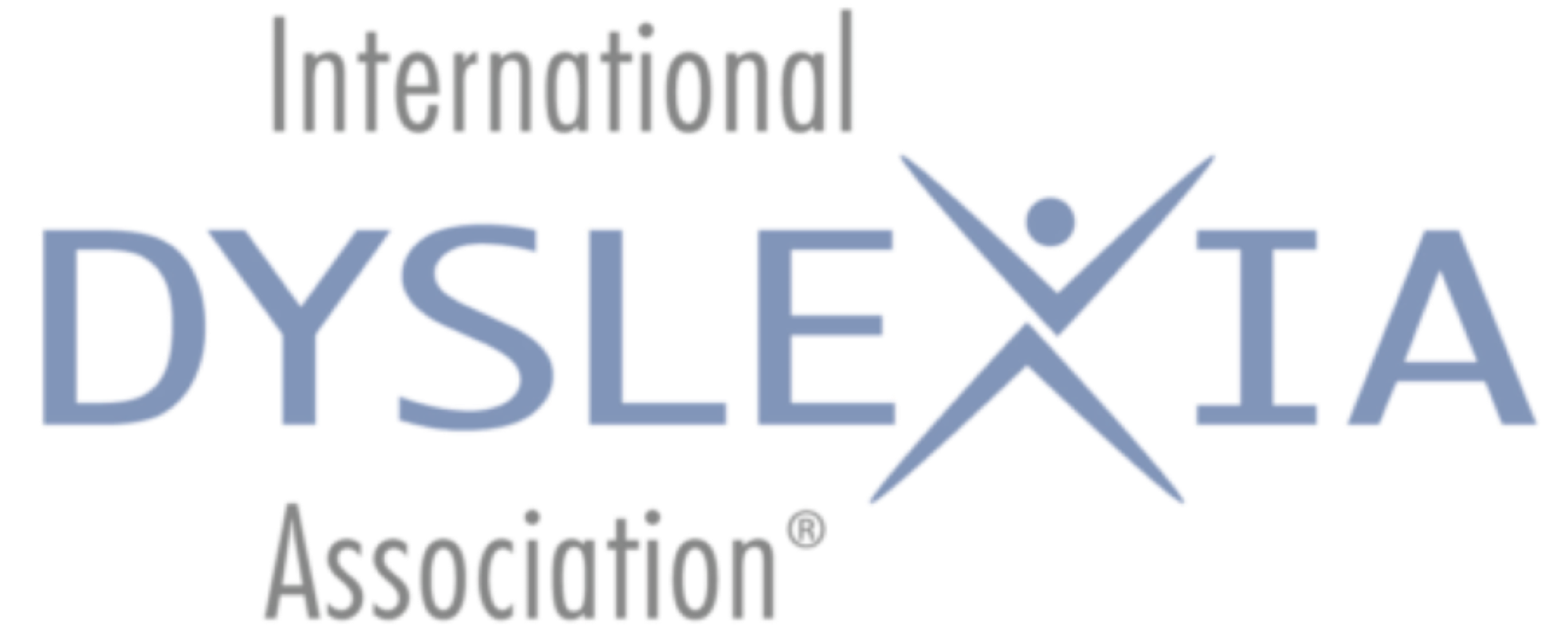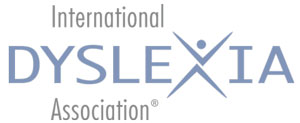Symposium Chair: Jeffrey W. Gilger, Ph.D., Professor and Developmental Program Coordinator, Carlston Cunningham Chair in Cognitive Development, University of California, Psychological Sciences, SSHA
Twice exceptional (2e) individuals are those with a disability alongside other higher-order, significantly above-average skills, often in the “gifted” range. In the context of this symposium, 2e pertains to someone with dyslexia as well as superior skills in another cognitive domain. Presentations will cover areas of definition, identification, treatment, as well as controversies and 2e neuroscience.
Introduction to the Concept of the Gifted Dyslexic
Jeffrey W. Gilger, Ph.D., Professor and Developmental Program Coordinator, Carlston Cunningham Chair in Cognitive Development, University of California, Psychological Sciences, SSHA
The concept of the twice exceptional dyslexic will be introduced, in a historical context. Myths, realities and debates concerning the gifted dyslexic will be discussed along with some data from recent research in neuropsychology and neuroscience.
Assessing and Defining the Gifted or Talented Dyslexic. What are the Problems and Pitfalls of Measuring Gifts in a Child with RD?
Betsy McCoach, Ph.D., Professor and Program Coordinator, Measurement, Evaluation, and Assessment Program, Educational Psychology Department, Neag School of Education, University of Connecticut
Identifying a student as both gifted and dyslexic presents several unique challenges. This session will provide an overview of assessment issues related to the identification of gifted students with RD.
The 2e Dyslexic Child: Treatment Applications and Outcomes
Susan Assouline, Ph.D., Professor, School Psychology, Director, Belin-Bank Center, College of Education, University of Iowa
Treatment applications for gifted students who also are diagnosed with dyslexic should correspond to the assessment information obtained from a multi-disciplinary team evaluation. Such an evaluation may be focused on a RTI approach or an ability/achievement discrepancy approach. The former, RtI, is more prevalent; however, this approach is not likely to find children who have high cognitive ability and dyslexic (twice exceptional, or 2e). A discrepancy approach, while considered controversial by some school psychologists and most special educators, is most likely to yield the kind of information that corresponds to intervention that addresses both exceptionalities: giftedness (high cognitive ability) and dyslexia (specific disability in reading).
Q & A / Discussion / Closing
Jeffrey W. Gilger, Ph.D., Betsy McCoach, Ph.D., Susan Assouline, Ph.D.

